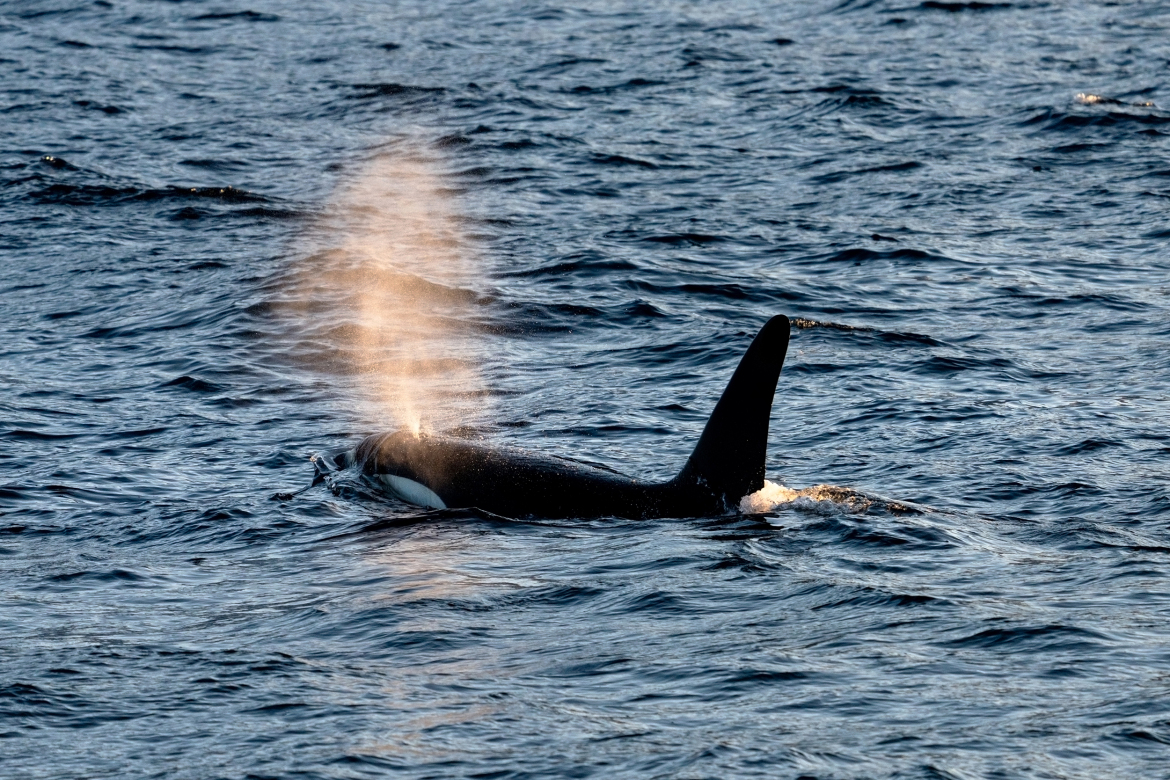Conservation photography is one of the most powerful forms of storytelling. By highlighting issues about current topics (e.g. climate change, human-wildlife conflict, plastic pollution) the goal of a conservation photographer is to make a positive impact by using his or her art. Conservation photography can take on many facets. However, there are several components that should fall into place for a conservation story to be successful and effective. Wondering what those could be? This article provides some helpful guidelines on how to engage in conservation storytelling as a photographer.
Read also: Why Nature Photography is Now More Important than Ever
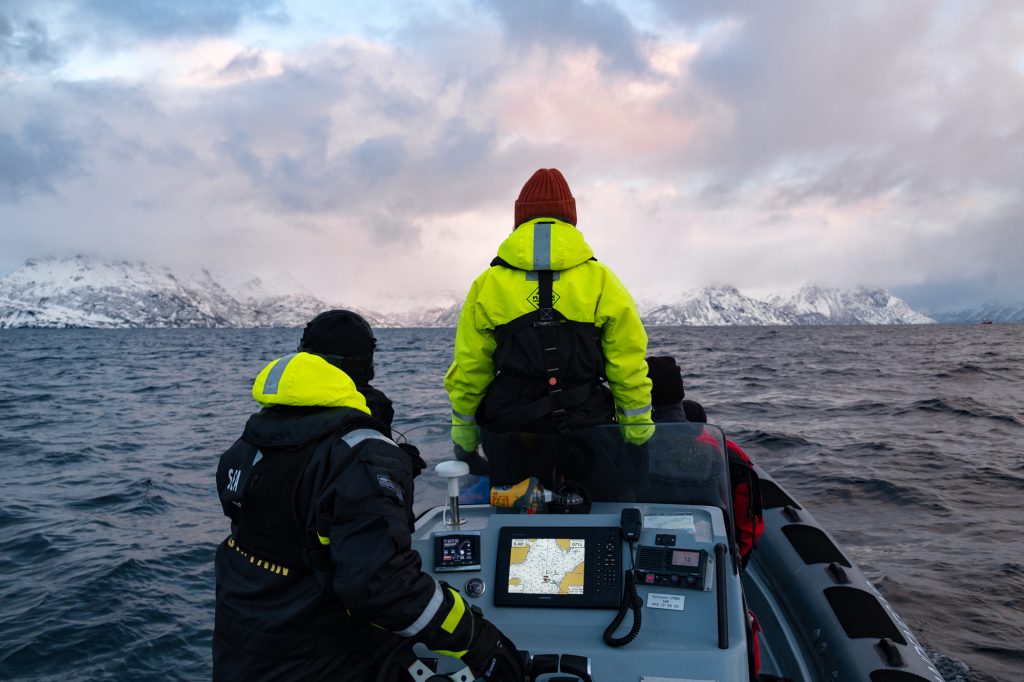
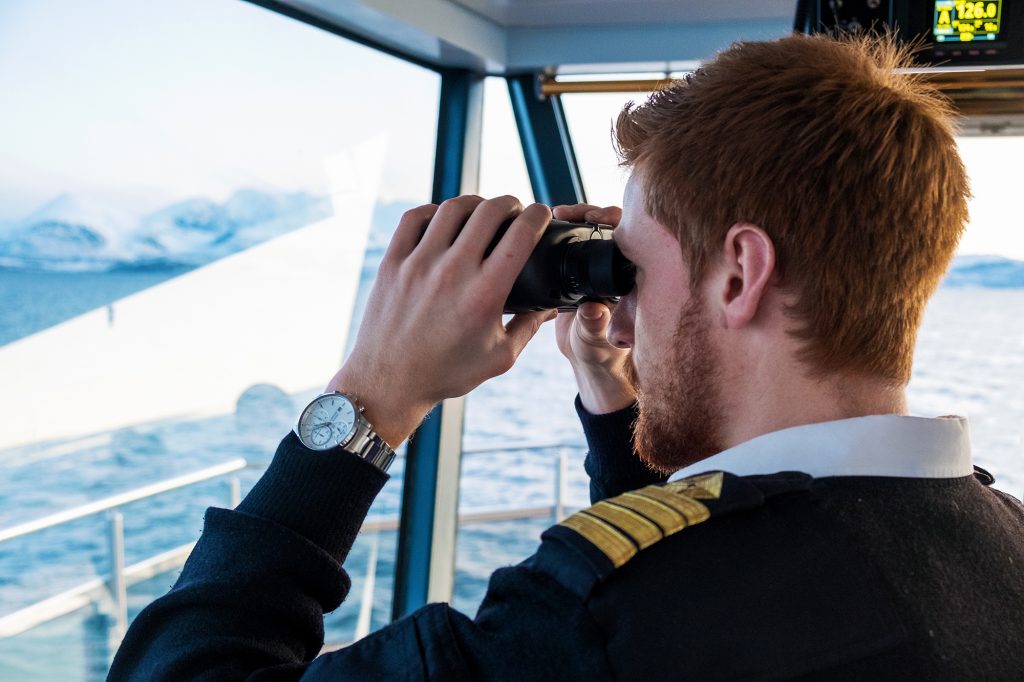
The Difference Between a Nature and Conservation Photographer
Increasingly, the term “conservation photographer” has become a loose concept, trivialized by the creative industry to describe various forms of nature photography. The reason behind this is understandable. Conservation is a trend, providing a moral compass for those seeking to find purpose in their creative work and leave behind a positive mark. However, there is an intrinsic issue in using these terms synonymously: it blurs the lines between work created with a purpose, and work created for sheer pleasure or solely for profit.
Nowadays, anyone can dub themselves a “conservation photographer” for simply venturing out into nature with their camera. Of course, nature photography can inspire awe, fascination and appreciation for a species. In addition, it can contribute towards documenting our natural world (if done ethically). However, loosely categorizing landscape and/or wildlife photography as “conservation photography” misjudges the principle that is behind this line of work.
So, what IS conservation photography? The work of a conservation photographer strives to contribute towards the welfare of nature. In general, it does so by depicting the story of a conflict, challenge, threat, or injustice and/or the solutions aiming to resolve it. Frequently, conservation stories take years to produce. Besides requiring access, conservation photographs must be well-researched and authentically documented. Most importantly, the key of conservation storytelling is what happens to the images afterwards. Whether used for public education, campaigns by NGOs or political activism, conservation photographs take on a life of their own after being published. Hence, the main idea behind a conservation photographer’s body of work is to highlight thought-provoking and poignant issues that strive to incite change.
Read also: How Ethical is Wildlife Photography?
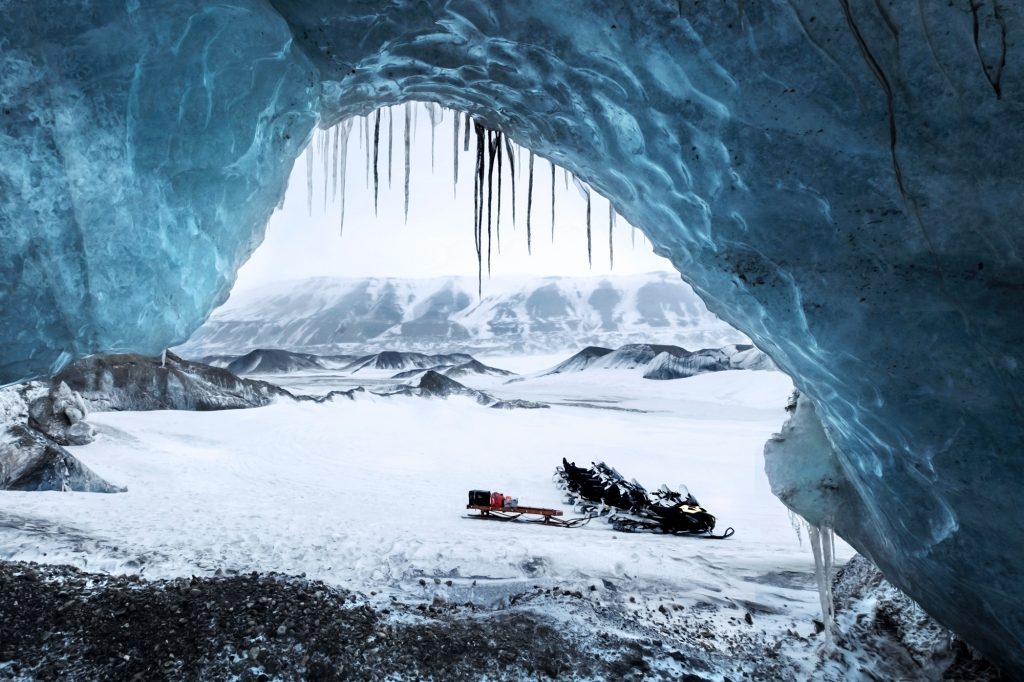

Working on a Conservation Story
1. Document Issues You Care About
Conservation photography is difficult to say the least. Witnessing the challenges of our natural world firsthand may not always be easy to observe. Besides the emotional repercussions, creating an impactful body of work requires many hours in the field. At times, conservation conflicts may appear impossible to resolve, regardless of how much work is invested into finding viable solutions. Therefore, to avoid creative fatigue, it is crucial to select a story that you truly care about. In order to document a conservation story effectively, the key driver behind your work should be your passion and urgency to share it with the world. The latter will fuel your fire and give you hope when times get tough.
2. Do Your Research
It is crucial to familiarize yourself with your story prior to picking up your camera. After all, how do you plan to tell a story, if you are unsure of what you are telling? Understanding the issue, the challenges encompassing it and (potential) solutions that are being explored are all key to creating a well-rounded, authentic representation of your topic. Understanding your story will not only help you to ask the right questions. It will be of utmost value in positioning yourself to be at the right place to capture the moment.
Conducting research on your conservation topic can take place in many different scenarios. Reading scientific papers, articles, essays, and interviewing experts in the field are all ways to enrich your understanding. Moreover, talking to individuals on the frontlines is a surefire way to acquire vast firsthand information that will build the context of your photographs. Lastly, cross-checking your sources and verifying the facts may help you to find additional angles of a story worth exploring and expanding on.
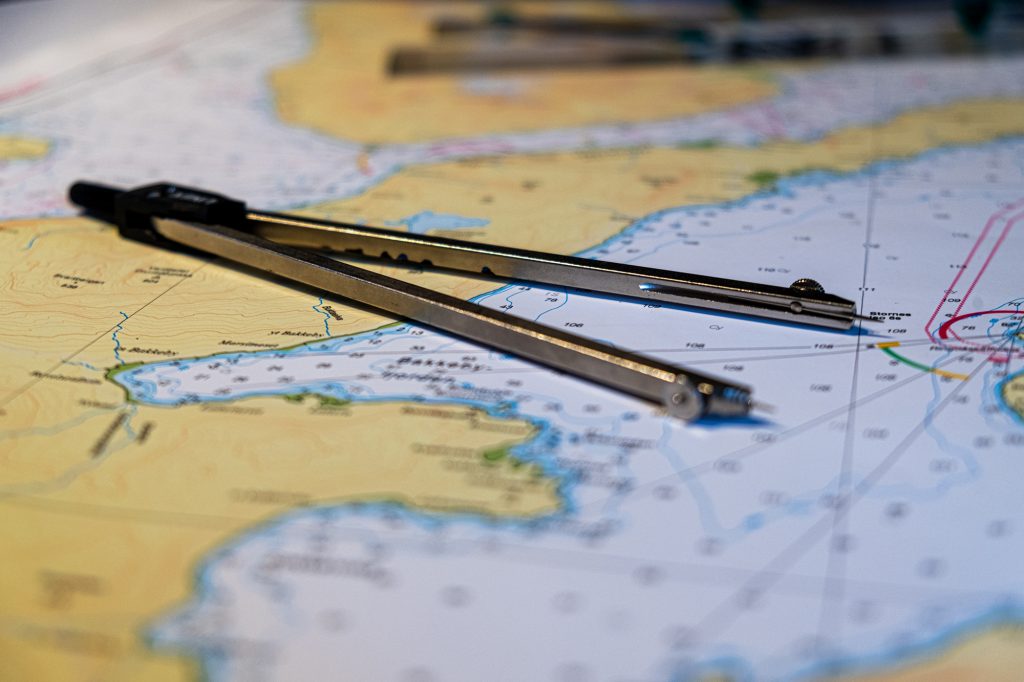
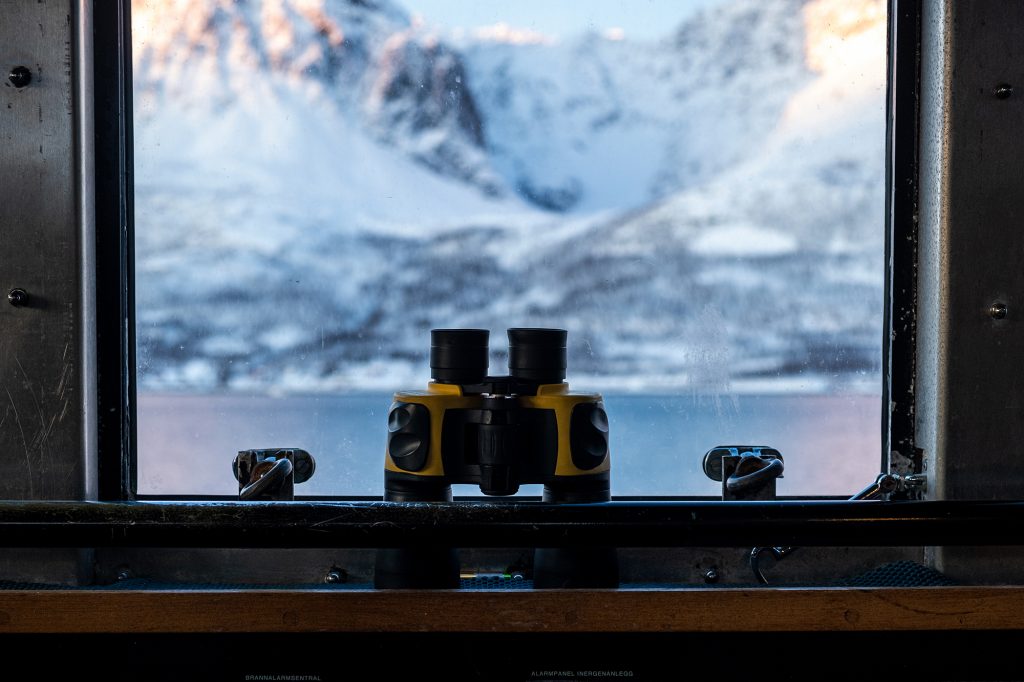
3. Take Your Time
Taking your time to document your topic should be a priority. This ensures that you are able to assemble a comprehensive portfolio of the story. The best way to do this is to structure your photo-essay in the same way that you would a written story – with a beginning, middle and end. Following a conservation topic throughout its development is the best way to depict the latter. To give you more concrete idea of how this would look in a practical sense, I have listed several scenarios:
- Documenting a conservation campaign from launch to culmination
- Following the journey of a rescued species from capture to release
- Unveiling the research of a scientist from initial sampling to analyzing the data
4. Build a Community
Forming connections with scientists, naturalists, guides, technicians, and authorities in conservation is extremely helpful when pursuing visual storytelling in this field. Besides providing you with valuable information, these connections will also be your primary sources when pursuing new stories. Conservationists operate in a tight-knit community. Therefore, gaining access to this group and building their trust may open up doors to long-lasting partnerships. As with most conservation stories, having local connections is always of utmost value. Besides enabling you to realize consistent collaborations, a regional partnership will also allow you to take part in events that take place unexpectedly or require immediate action (e.g. rescue missions).
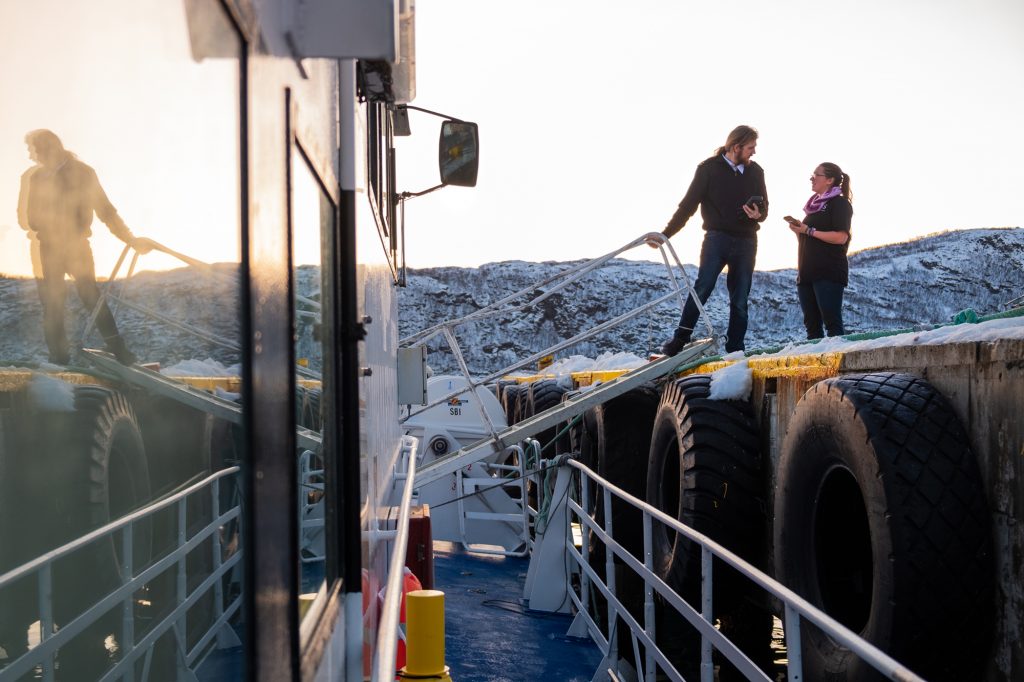
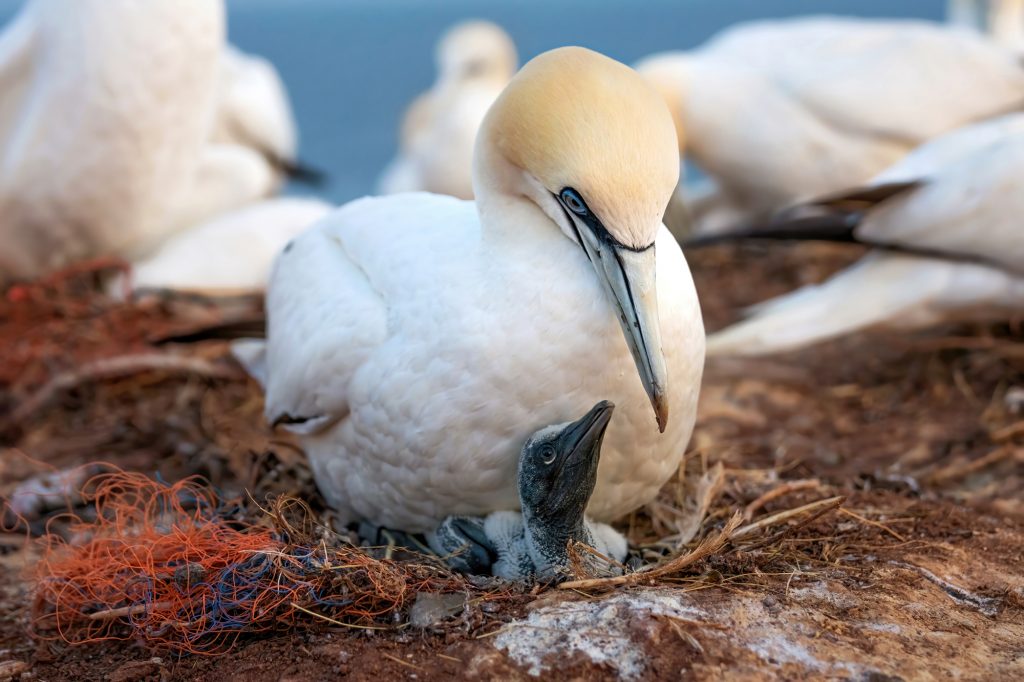
5. Practice What You Preach
Are you documenting a story against wildlife tourism, yet riding elephants in Indonesia? Or advocating against animal testing, but using products that have been tested on animals? As a conservation photographer, morally aligning your actions with your advocacy is important for many reasons. Primarily, it creates credibility in your work and reaffirms the authenticity of your story. Secondly, it ensures consistency in the communication to your audience. Most importantly, as the person representing your body of work, it is crucial that you can back up your arguments with your own actions. This signals to your audience that your photo-essay is worth taking notice of and collectively advocating for. After all, if you are not vouching for your story, then who will?
Lastly, it is important to remember that conservation photography is not there to make you feel better about your work. Its purpose is to create positive change for those that do not have the ability to stand up for themselves.
Summary
Conservation photography is simultaneously one of the most challenging and one of the most rewarding sectors of photography. By sharing meaningful stories with a wider audience, a conservation essay can help to raise awareness, motivate action and influence policy changes on a wider scale. Presenting an authentic perspective, conducting in-depth research and documenting a meaningful topic are all essentials to create a powerful story via your artwork. Ultimately, by using the guidelines in this article, you can immensely contribute towards educating and sensitizing the general public about our natural world and inciting lasting change.
